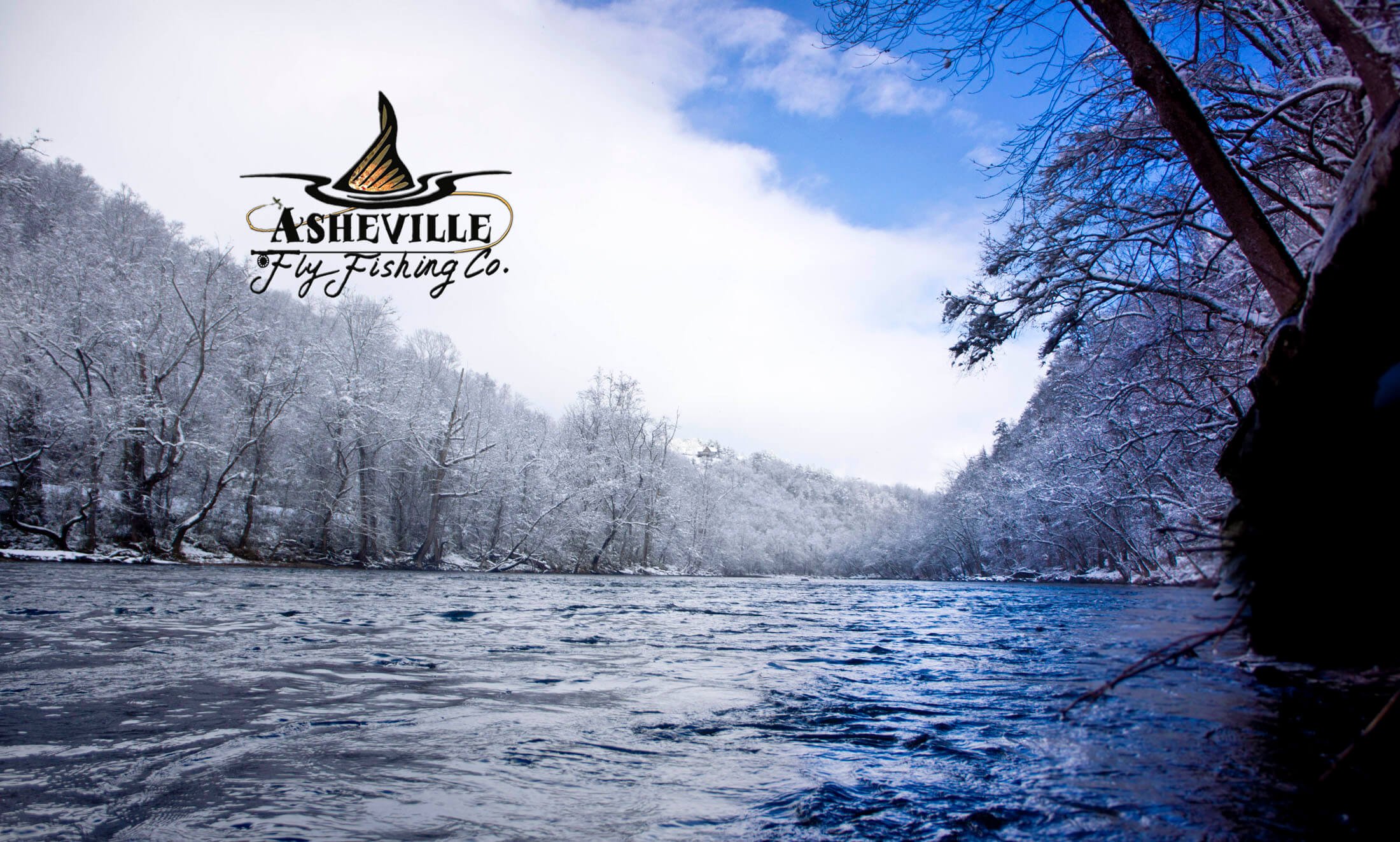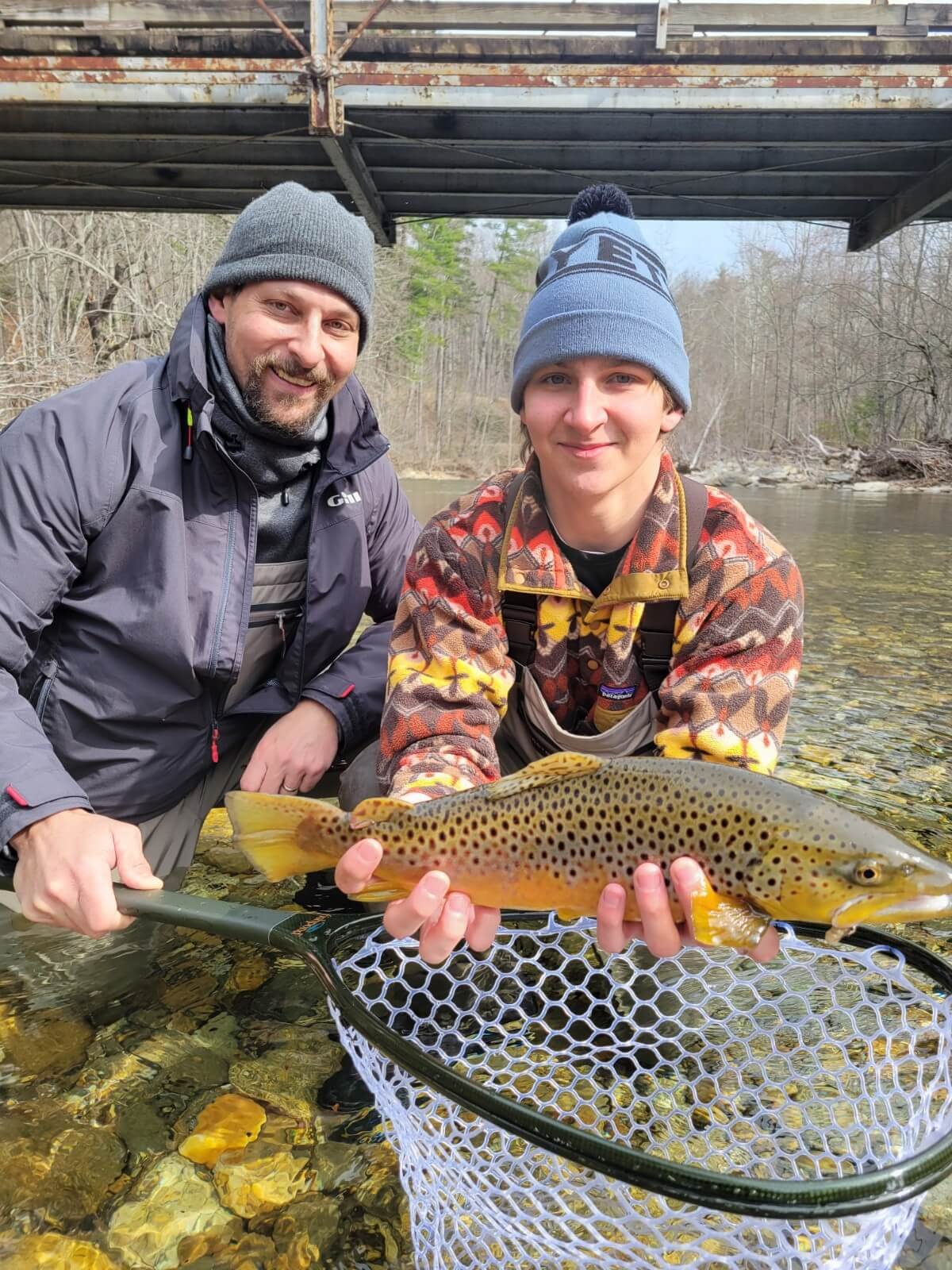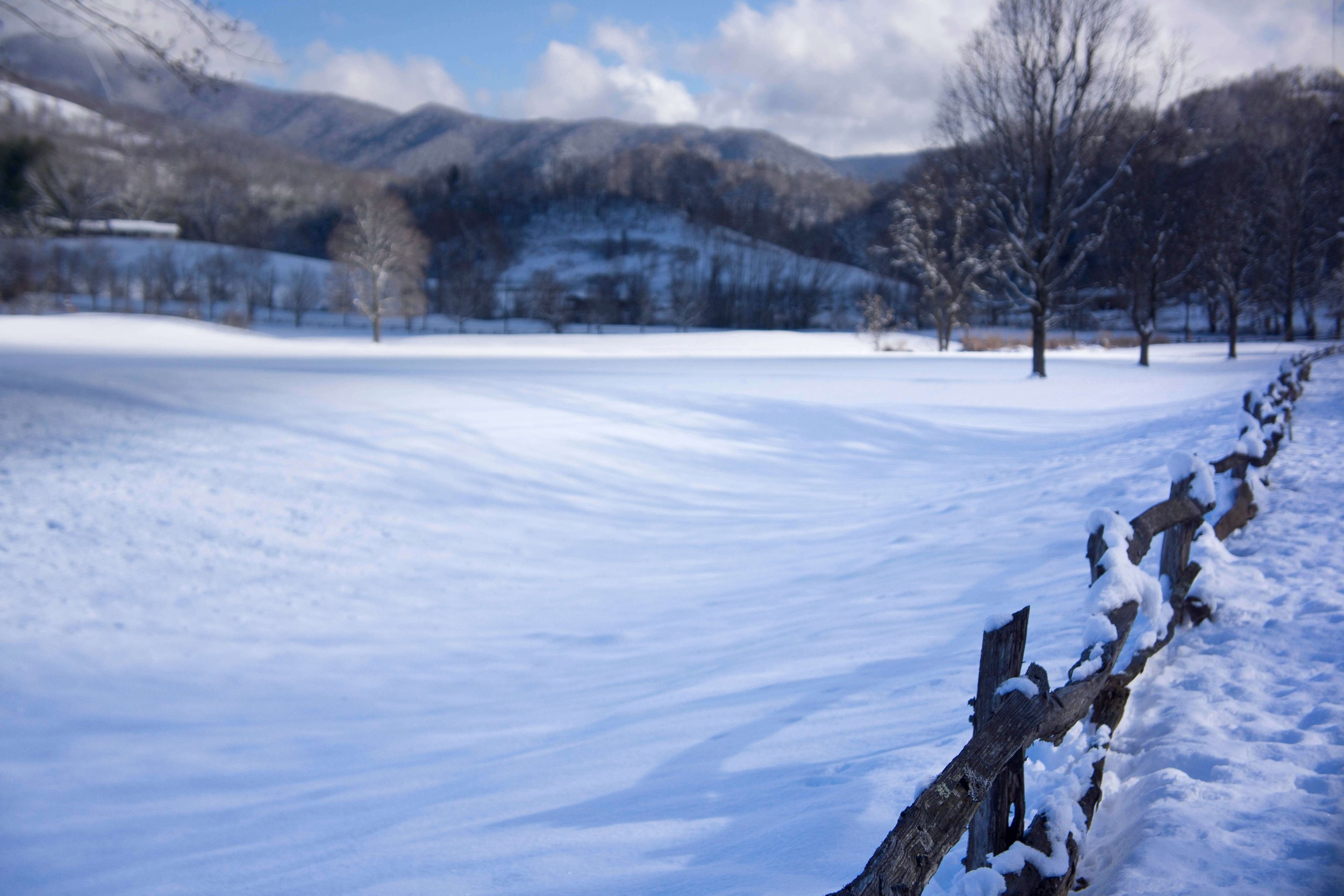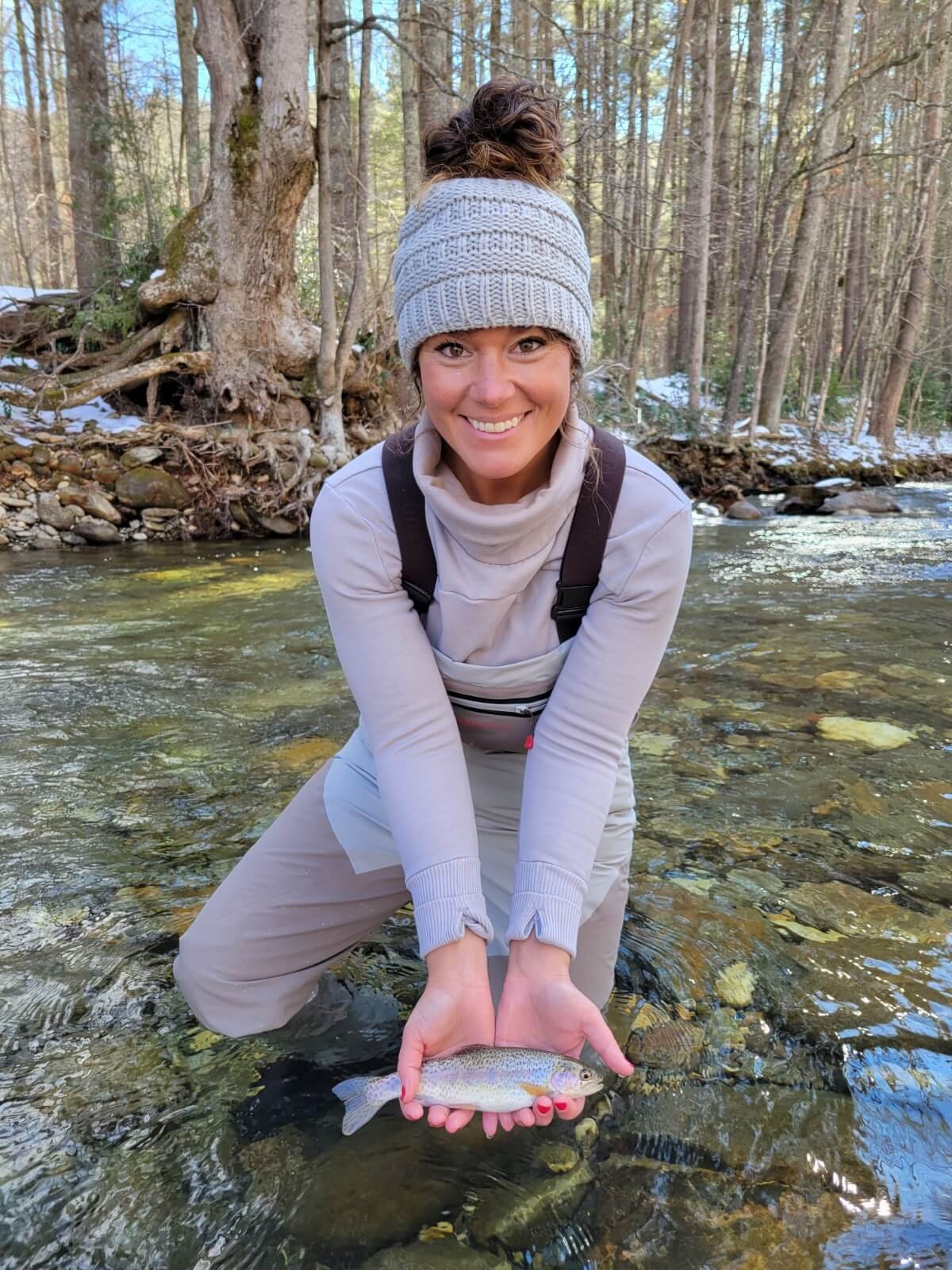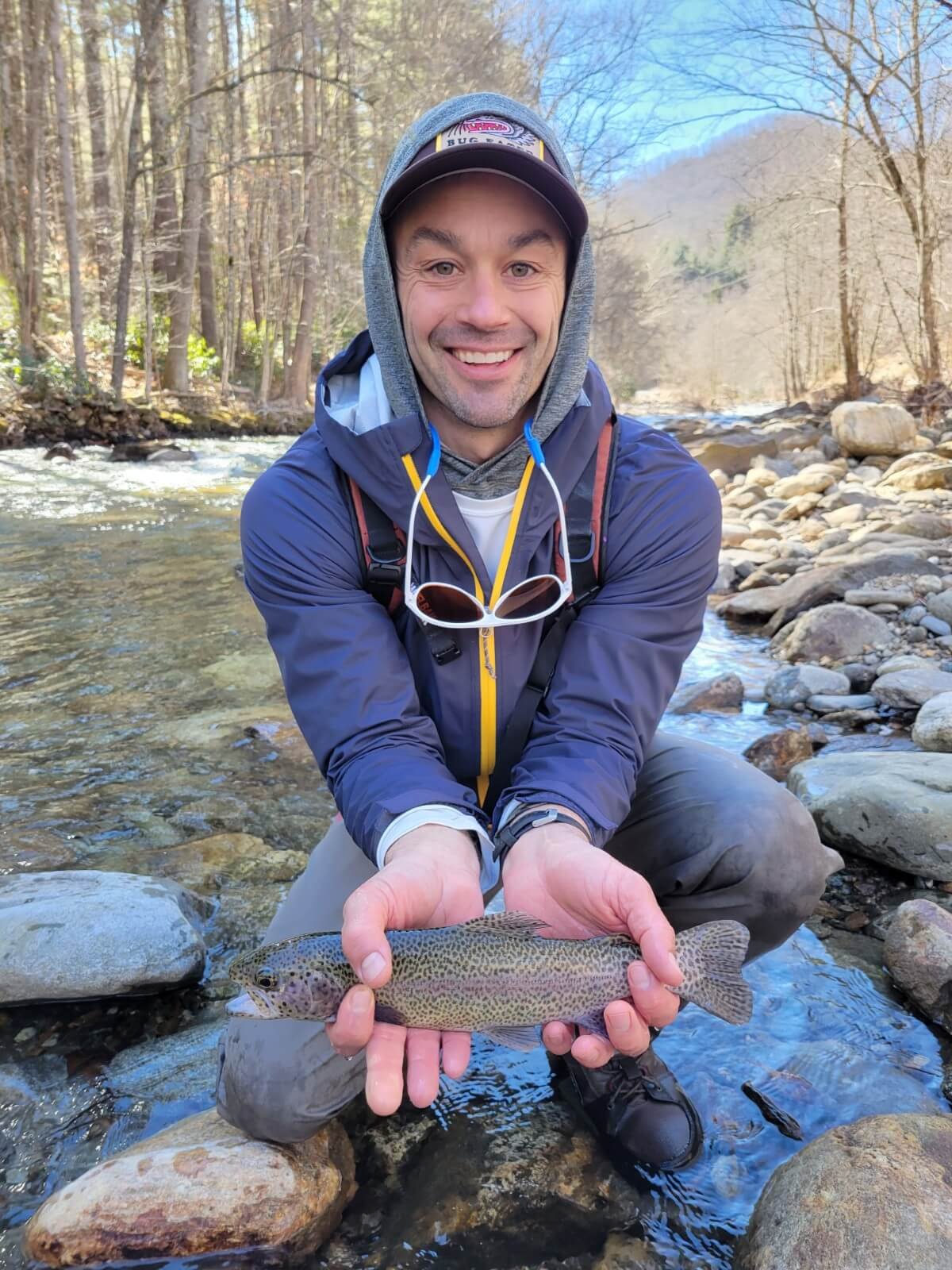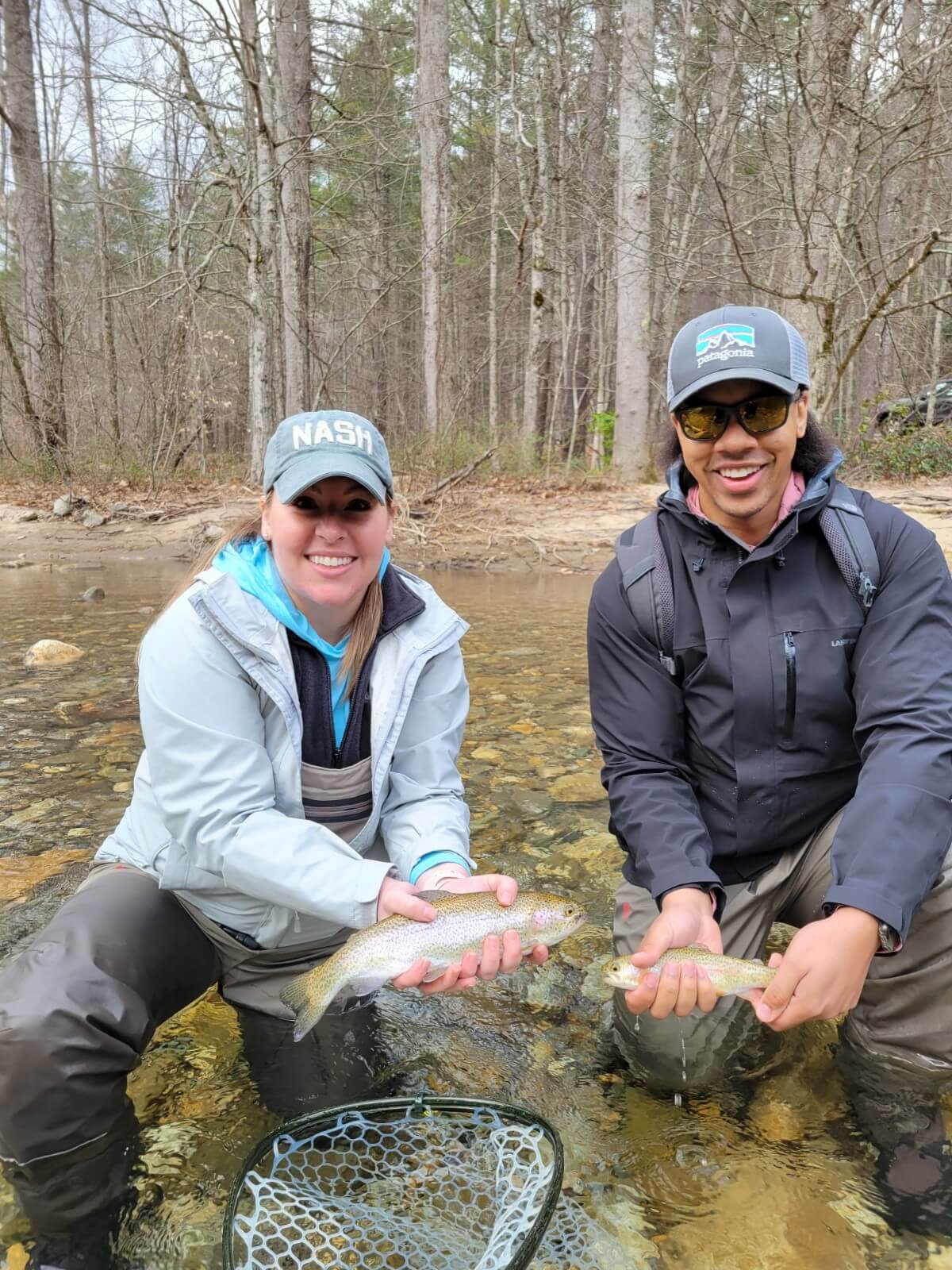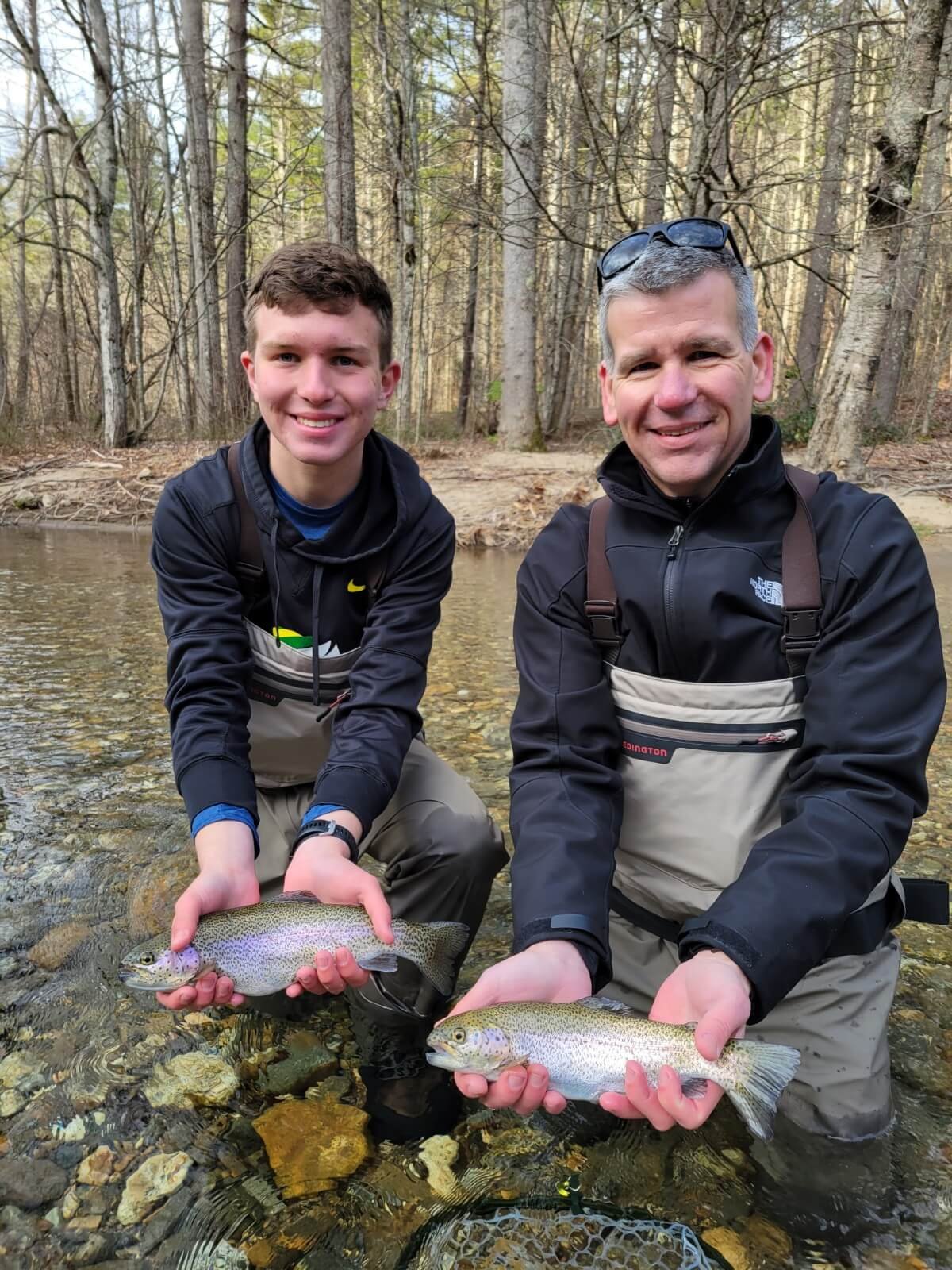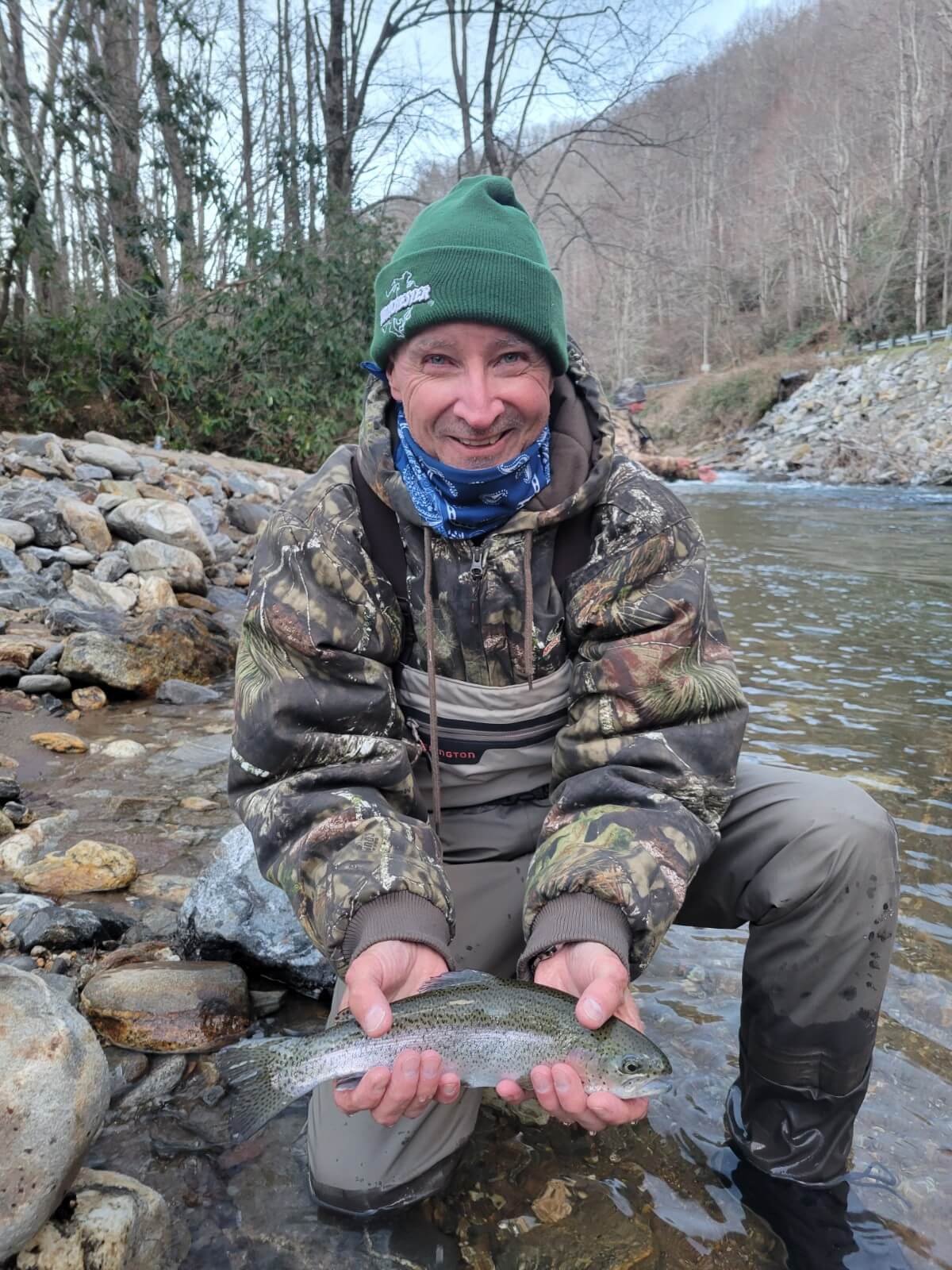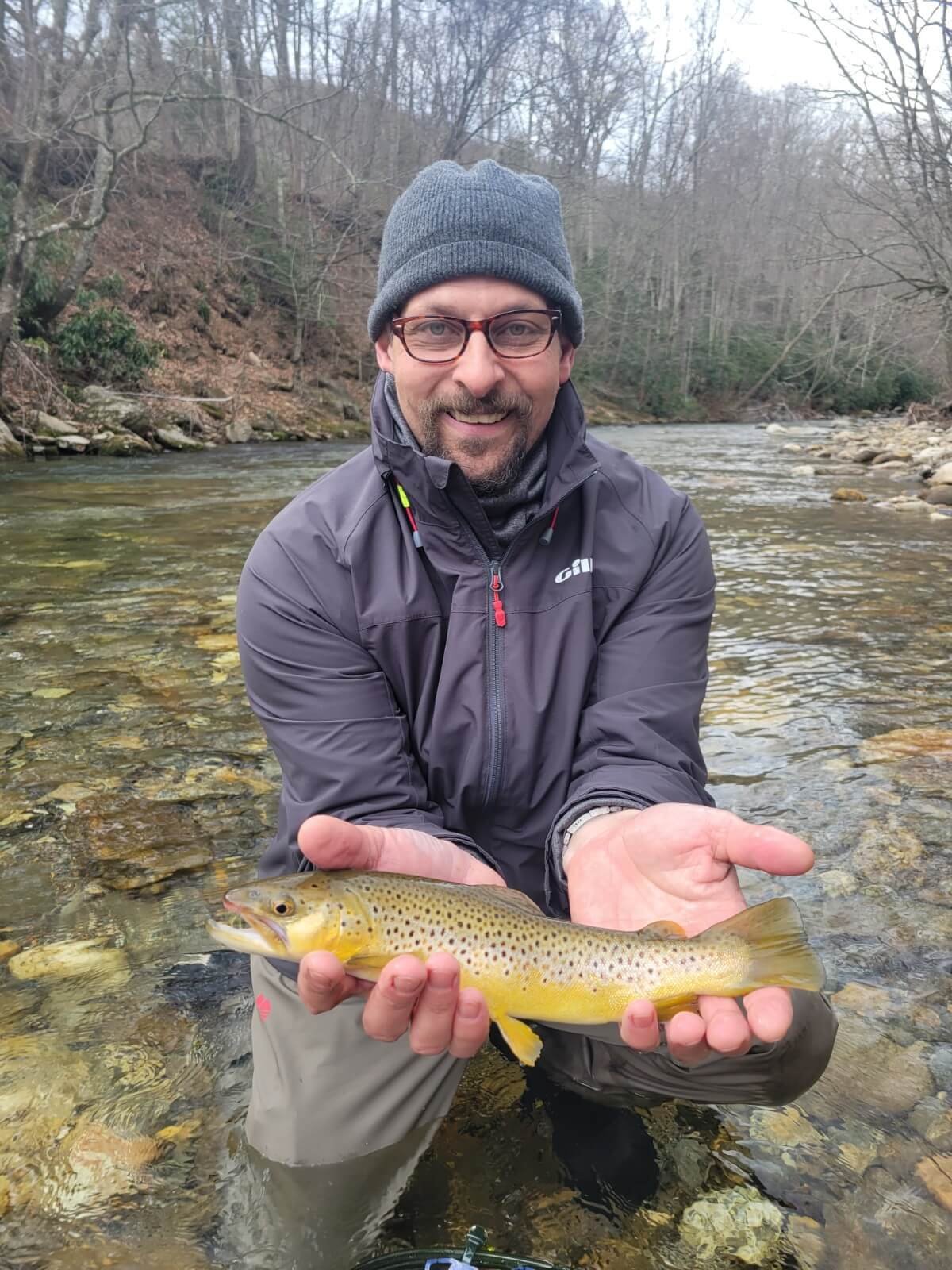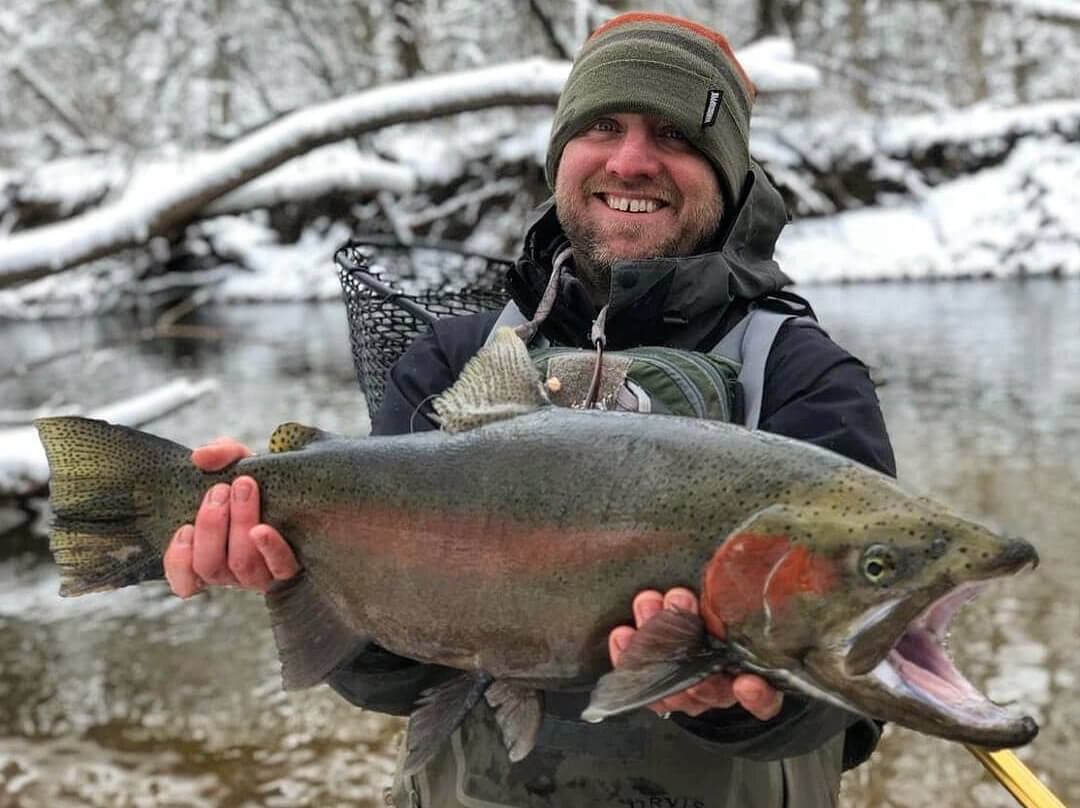Fly Fishing for Trout During Winter
When the last leaves of autumn have finally rusted out of the trees and morning temperatures begin to plunge; glazing riverbanks in a delicate dusting of frost, most trout anglers are inclined to hang up their waders and stow their rods. Many lean heavily on the vise, twisting their bobbins and whipping out hopeful patterns , while daydreaming about spring hatches and triumphs to come. For those willing to venture outdoors and brave mother nature's harsher months, they are likely to find some unexpected trout angling success; offset by a glittering backdrop of ice and snow.
Dress for Success
Should you find yourself emboldened enough to step into a river during sub-freezing temperatures, the first step you’re going to take, is insuring you’ve dressed for a proper battle with the elements. After years of guiding fall through winter on the Great Lake tributaries, I can assure you, that being cold on a riverbank is no fun. I like to wear two pairs of merino wool socks. One thin and one heavy, to assure good circulation but also provide all the cold weather protection that I can squeeze into a wading boot. Next, I like a good base-layer of Under Armor or a product crafted of similar material; both tops and pants, and I like to cover that with a fleece layer of pants and a fleece jacket. On top of that I like to wear a stout pair of waders. The Orvis Pro, Simms G3 and G4 lines and Redington's Sonic Pro are all quality models for winter angling. I also recommend a lined waterproof jacket, like the Simms Bulky Jacket, to keep you warm and protected from any foul weather surprises that may get thrown your way. Fingerless gloves can help protect your digits from the cold, just remember to take them off before handling any trout that you land. Orvis, Simms, Columbia and Patagonia make an array of quality cold weather gear.
Where to Look
I’m a firm believer in the notion that trout do not read the same articles or watch the same U-Tube videos that we do; so they are quite unaware of the exact position in the river, in which, they should be holding. It’s important any time that you are on the water, to stay creative and look for water that may hold a fish or two that other anglers may just walk by. That being said, in the winter you’re likely to find fish podded up in the tailouts of deep runs or pools, or positioning themselves near slack water. Although trout do prefer cold water in general, during the coldest months, they may seek water that offers and extra degree or three of warmth. The slower, deeper water offers just that.
When to Fish
For me, I’m always an advocate of fishing early. Getting up early assures that I start in the spot I prefer and I may find multiple preferred locations vacant, before the late risers wader up and get on the water. But, the truth is, that despite the diligent efforts exerted to assure my early arrival to an “A” spot, I sometimes find winter trout less cooperative in the morning than I would like. During the winter, trout may be more active later in the day, when the water temperature rises a few degrees. This is when the bulk of the few winter hatches may also occur, which can stimulate the appetites of some of those dormant fish. The good news for late risers is that you don’t have to get up quite so early to insure fishing success and because there are fewer anglers out during the winter, you still may get first crack at one or two prime locations.
What to Throw and How to Throw It
A thimble of advice, that I’d offer to anyone pursuing winter trout is to slow down. That trout rushed out of a run to gobble up you’re #12 caddis in early October and let you bully him in on 4x, may be much more reluctant to swim out of its way to help make your day in January. During the winter months, a trout's metabolism slows and while they do still feed, most are less voracious than they were during those warmer fall days. While it’s very possible see fish rising to midges, caddis or small stoneflies during winter afternoons, you’re likely to be spending the bulk of your time deep nymphing, slowly presenting flies to lethargic fish. Make sure your presentations are precise. Don’t make that fish earn its meal. Slow down and make accurate drifts with 6x or 7x tippet paired with small #10-24 droppers and maybe a bigger stonefly, leech or small bugger to help you get down, or help you get the attention of a fish looking for a larger, slow moving meal. Adding a well placed piece or two of split shot might not be a bad idea, either. If you are lucky enough to stumble across some fish sipping on the surface, I offer the same slow and easy advice. That fish slurping gnats or #24 grey midges in slack water, has no stomach for poor presentations, over-sized flies or heavy tippet. Stay stealthy and adjust your presentations and offerings accordingly. If you’re not getting bites, slow down and down size.
Big Fish
With every rule comes the exception. While you’re likely to get the most strikes slowly dredging the depths of tailouts, or gingerly presenting a #22 BWO to a happy fish sipping dries on a sunny January afternoon; winter does provide opportunity for anglers seeking quality over quantity. Some of the larger, more aggressive residents of those frozen streams might be stimulated by a larger, quicker moving, high calorie offering. During winter, big trout might be motived to expend some energy briefly chasing down larger prey. Weighted Leeches, sculpins and articulated streamer patterns, paired with a weighted line or a sink tip, can be great tools in seducing a few swipes from larger predatory trout. Try getting that big fly down in the water column and alternating your retrieves to see what presentation might activate a trout. Remember, if you’re fishing this way, you’re not in it for the numbers, and your likely to get a few follows with short or no strikes. But seeing a brutish, kyped-out brown lunge at your fly, is almost as good as catching him. Almost. At least now you know which logjam he calls home.
Tools and Tricks
For nymphing and turning over heavy flies, shot and bulky bobbers, I like a 5wt -6wt rod. I can also employ that 5wt if I happen to come across some rising trout. If I’m hoping to target risers specifically, I might downsize to a 4wt to help me make delicate presentations with long, fine leaders. If I’m feeling lucky and trophy hunting, I might step up to a 6wt or a 7wt to make it easier to lob those big flies and heavy sink tips around. Also, you’re probably going to get some ice build up on your rod during your coldest excursions. Applying Loon’s Stanley’s Ice Out Paste or some chap stick to the eyelets may help you mitigate some of the build up. Regulating the amount of line shooting through the eyelets may also help combat ice up.
Trout Handling
If you plan on engaging in catch and release trout fishing this winter, there are few things you should consider. The biggest one is remembering to remove your gloves. Dragging your dry gloves across a fish is likely to damage it. Be sure to remove your gloves and wet your hands if you’re planning to handle fish. When landing smaller trout, I often forgo the net and grab the leader in one hand and with the other, grab the bend of the hook with forceps and quickly free the fish, avoiding contact with it or the water. It’ll help keep you and the trout happy. Trout's eyes and gills can also freeze when exposed to chilly winter air, so it’s important to keep those fish wet as much as possible and limit air exposure during photo shoots.
Have Fun and Set Realistic Expectations
Remember, fly fishing is supposed to be fun, it’s not an activity intended to test your metal. If it’s too cold or miserable, cut your day short. There’s no shame in calling it early or planning for a half day. Not every winter outing is going to be a 20 fish day, either, and you might not get that big one that you saw lurking beneath that logjam. Remember to take in your surroundings. Enjoy being out of the house and welcome the solace that an uncrowded winter river can offer. That big one will be there next time and a few fish are better than none. For extra tips and strategies for winter fishing, you may want to hire a local guide or visit a local fly shop. Stay warm out there and stay fishy.
ASHEVILLE FLY FISHING COMPANY GUIDE: TONY LOHR
Tony Lohr spent 20 years plying the streams of Western Maryland, where after completing classes at Sweetwater Guide Academy, he found employment as a guide and began work at a local fly shop. Since then, he has lived nomadically, guiding seasonally in Maryland, Pennsylvania, Western New York and Alaska; targeting a spectrum of fish ranging from lake run rainbows and browns to Pacific salmon. During trips to the south throughout his life, Tony developed a fondness for the Southern Appalachian area and is excited to have finally settled down in Asheville. He remains eager to share his knowledge and love of fly fishing with others.


